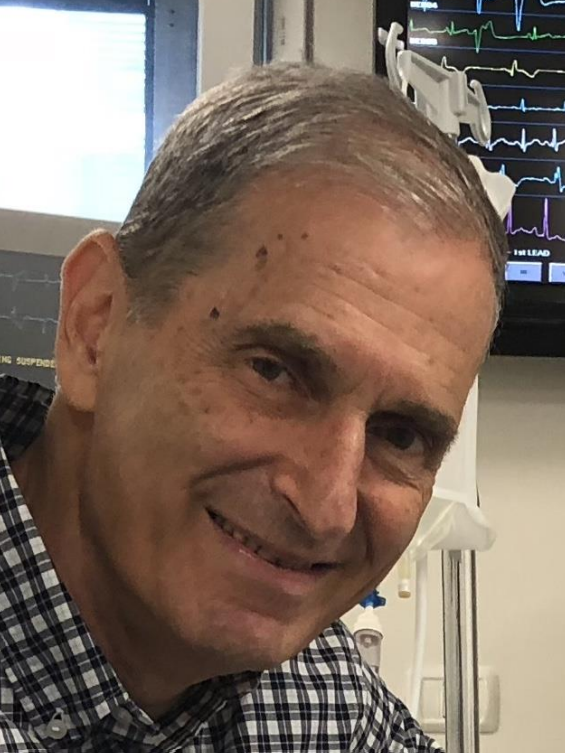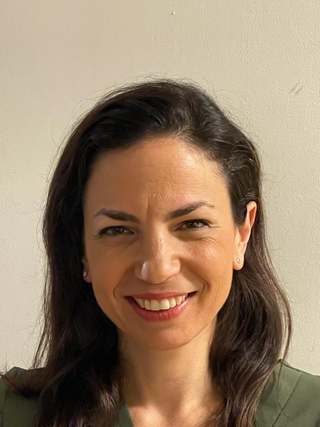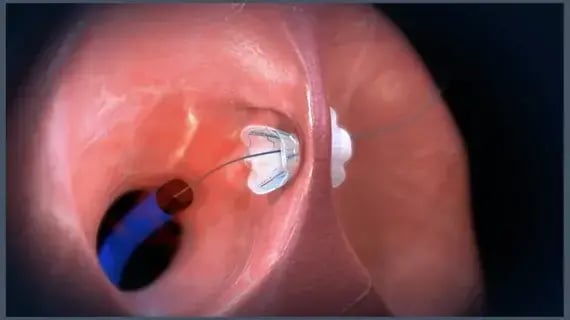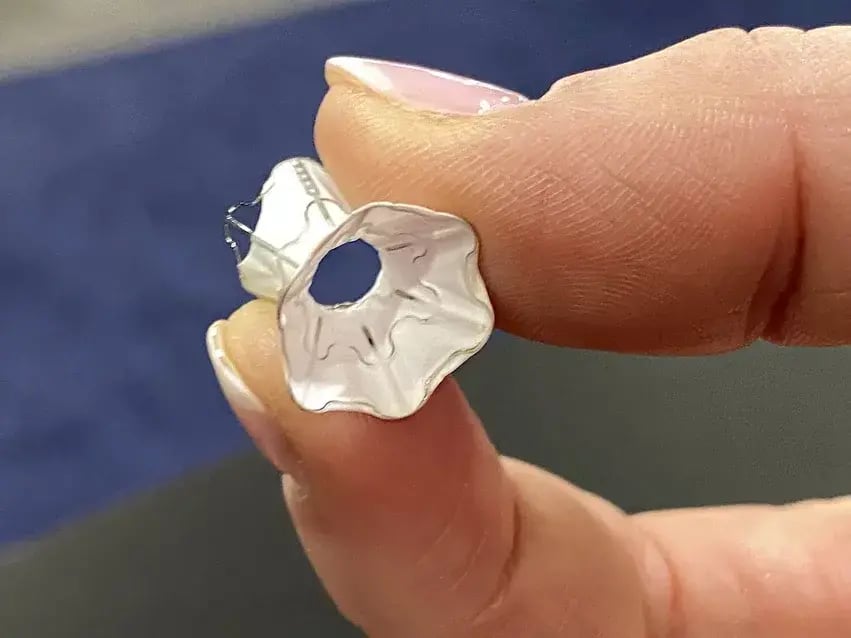V-Wave, recently acquired by pharmaceutical giant Johnson & Johnson, developed an implant for treating heart failure. Prof. Gadi Keren, who patented the technology in 2001, told Ynet that the device "reduces pressure in the left atrium, helping prevent symptoms like shortness of breath."
The medical implant requires regulatory approval through the PMA pathway, the most challenging and complex process, which the company began more than 10 years ago. Animal trials were completed in 2013, and the first human implantation took place in Israel. The product has already been approved for distribution in Europe, and the company hopes that with approval from the U.S. Food and Drug Administration (FDA), the product will also be marketed in the United States.
Sourasky Medical Center has been a central site for evaluating and testing the technology from its early stages through to the recent international clinical trial submitted to the FDA for approval for clinical use. The trial involved the Heart Failure Unit, led by Prof. Michal Laufer Perl, who heads the Heart Failure Service and Heart Clinics at Ichilov.
Prof. Keren explained that "the technology developed by the company enables the treatment of heart failure patients by reducing pressure in the left atrium, helping to prevent and improve clinical symptoms such as shortness of breath."
 Prof. Gadi KerenPhoto: Courtesy
Prof. Gadi KerenPhoto: Courtesy"I wrote the patent in 2000, and it was registered in 2001. The ideas that formed the basis of this patent were essentially a culmination of my professional history up to that point, including my work in catheterizations, heart failure, and echocardiography, where I observed patients with openings between the atria and blood flow from the left to the right atrium."
"All these elements came together, and the idea was that when pressure builds up in the left atrium of heart failure patients, openings could be created in the septum to allow blood to flow to the right atrium, reducing pressure, as the right side is generally capable of handling larger volumes without a rise in pressure," Prof. Keren explained.
"At that time, heart valves were not being implanted, and the concepts we discuss today were not yet in practice. People thought I was completely crazy. It was very difficult to convince the medical tech industry back then to raise funds to develop such a device. It was a long journey of belief, both from myself and from others who got involved and believed in the idea."
Prof. Michal Laufer Perl explained that the device is intended for patients with heart failure, a very common condition in the modern world, affecting over 60 million people globally, including an estimated 170,000 in Israel.
"One of the primary symptoms of the disease is shortness of breath and exercise intolerance, which severely impact quality of life and often lead to repeated and prolonged hospitalizations," she said.
 Prof. Michal Laufer Perl Photo: Courtesy
Prof. Michal Laufer Perl Photo: Courtesy"While there are medications for heart failure and the field has certainly advanced, there is still much room for improvement," she added.
"In recent years, there has been a shift from purely medicinal treatment towards finding various devices and invasive procedures that can improve the condition. One of the main mechanisms causing shortness of breath is increased pressure within the heart. Elevated pressure on the left side of the heart leads to congestion in the lungs, which causes shortness of breath, respiratory deterioration, and pulmonary edema—one of the most common reasons for hospitalization."
Prof. Michal Laufer Perl highlighted that while there are various treatments to reduce congestion in heart failure patients, they are often insufficient. "The idea behind the implant is that placing a device between the left and right atria of the heart would allow the elevated pressure in the left side to be diverted to the right side. This relieves pressure in the left atrium, reducing congestion," she explained.
"The procedure is done via catheterization, which is relatively simple and complication-free," she added. "The company conducted a large-scale study in about 100 centers worldwide, and here at Sourasky, we are one of the most active centers. This innovative approach is set to change the treatment landscape for heart failure patients, offering new options, improving quality of life, and hopefully reducing mortality."
Prof. Eli Sprecher, Deputy Director for R&D and Innovation at Sourasky Medical Center, praised the company's team and the current and former cardiology staff for this significant achievement. "This is not only a milestone in the medical field but also reinforces Israel's international standing as a leader in research and development," he said.
"We at Sourasky view the development of innovative technologies as an integral part of our commitment to our patients and society at large—not only to provide the best and most advanced treatment today but also to be partners in shaping the medicine of tomorrow. We will continue to invest resources and efforts to realize this vision," Sprecher added.




